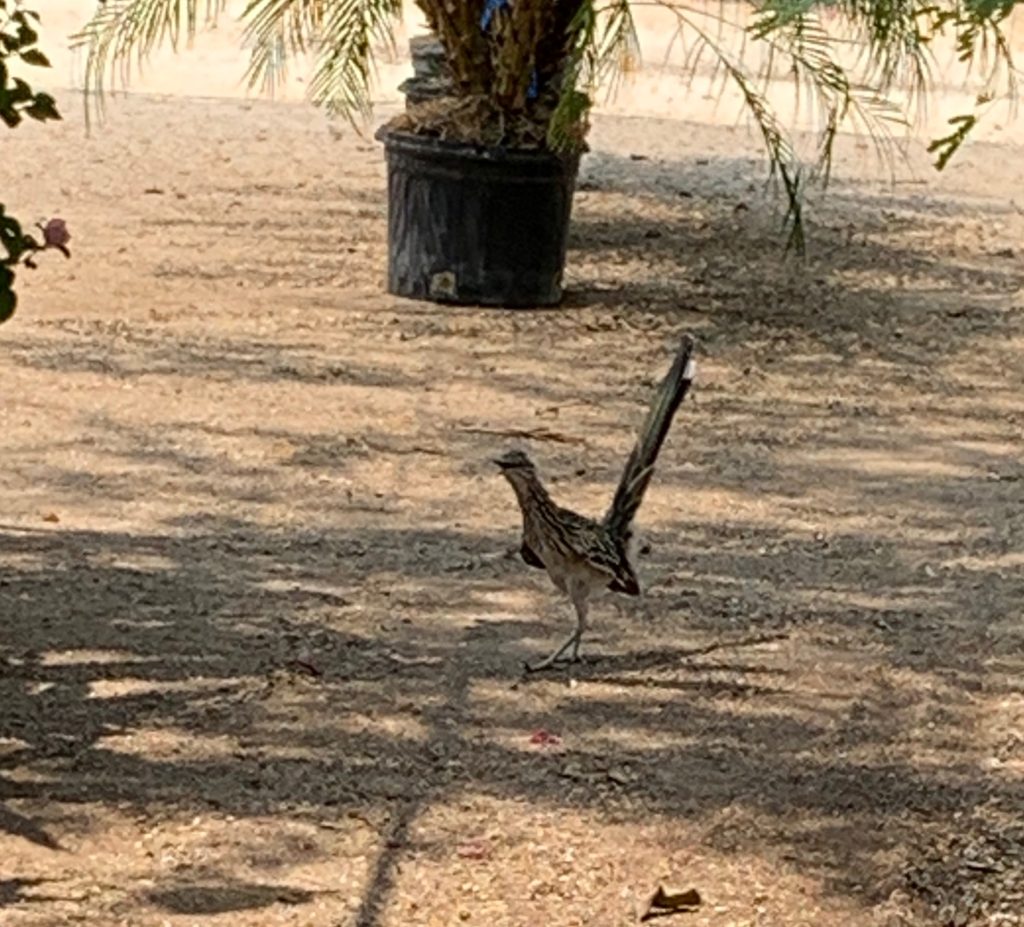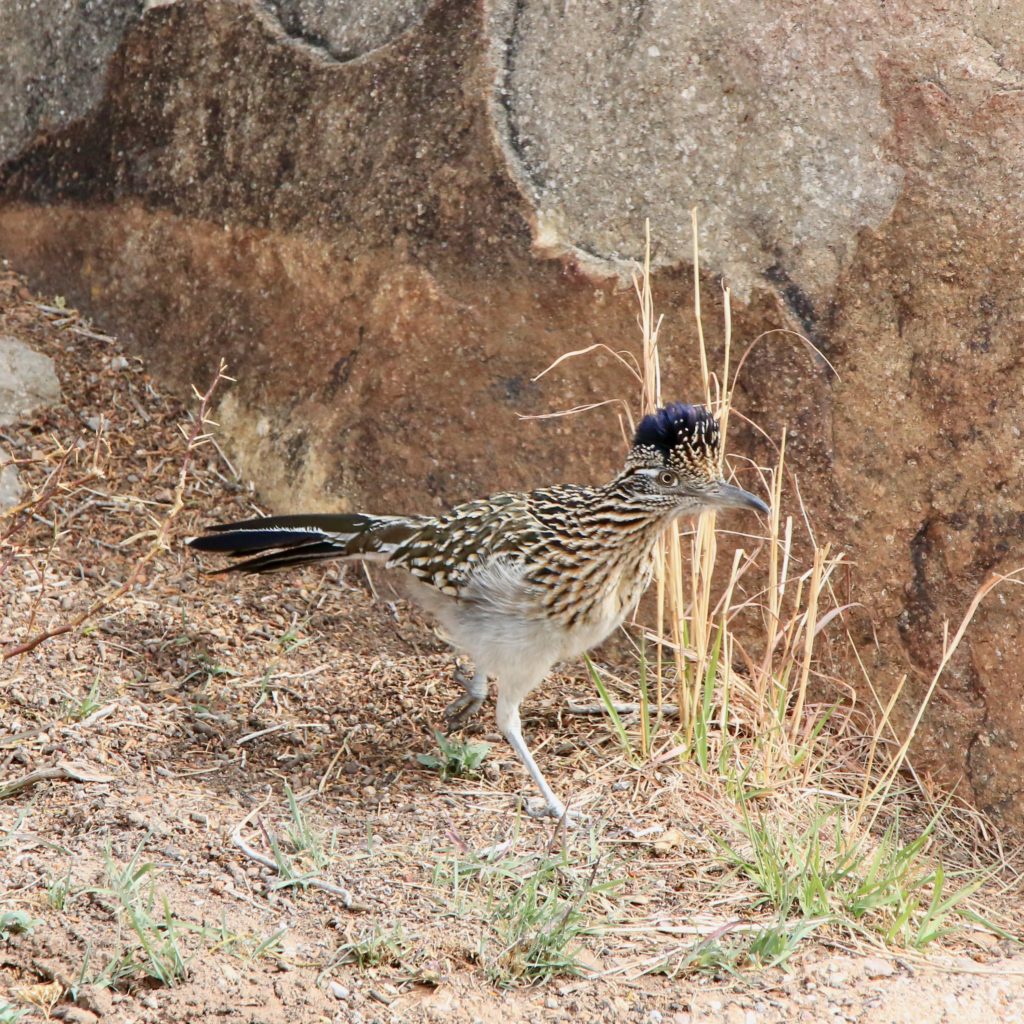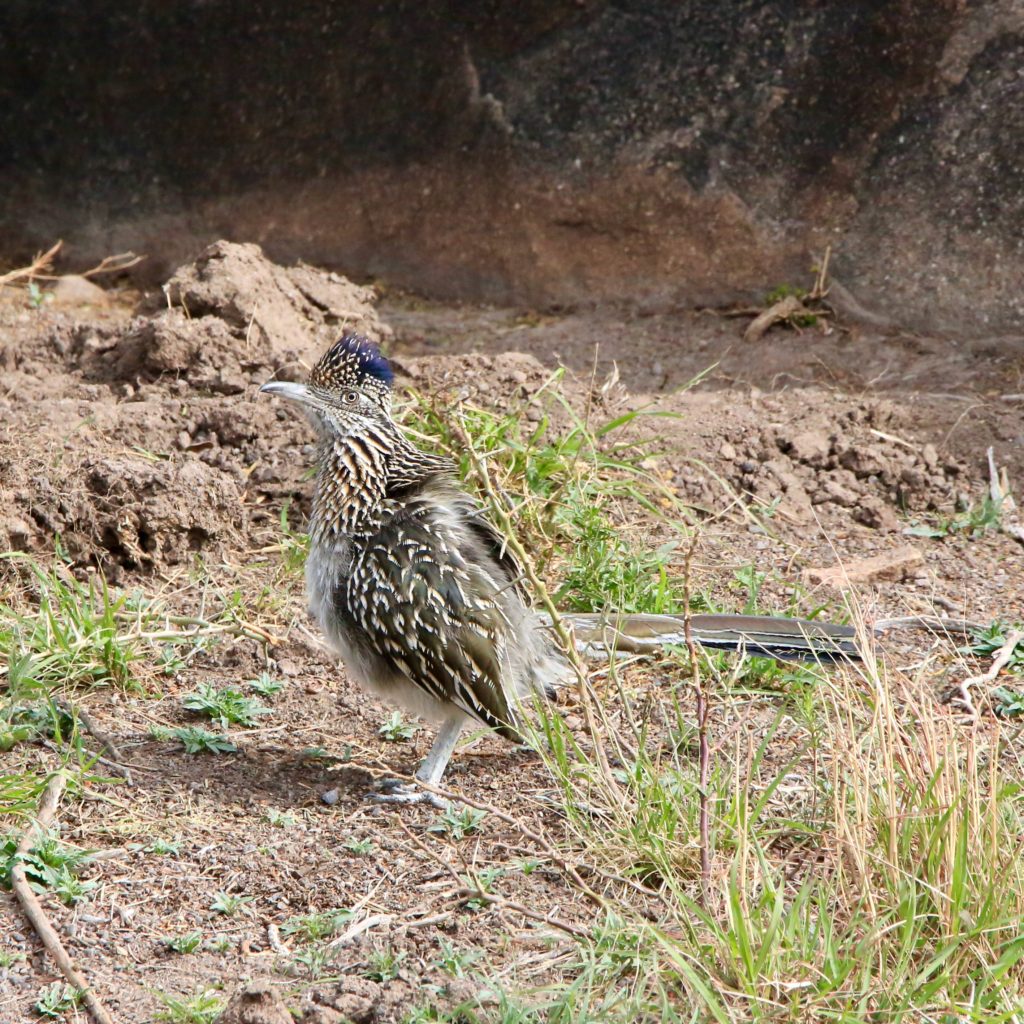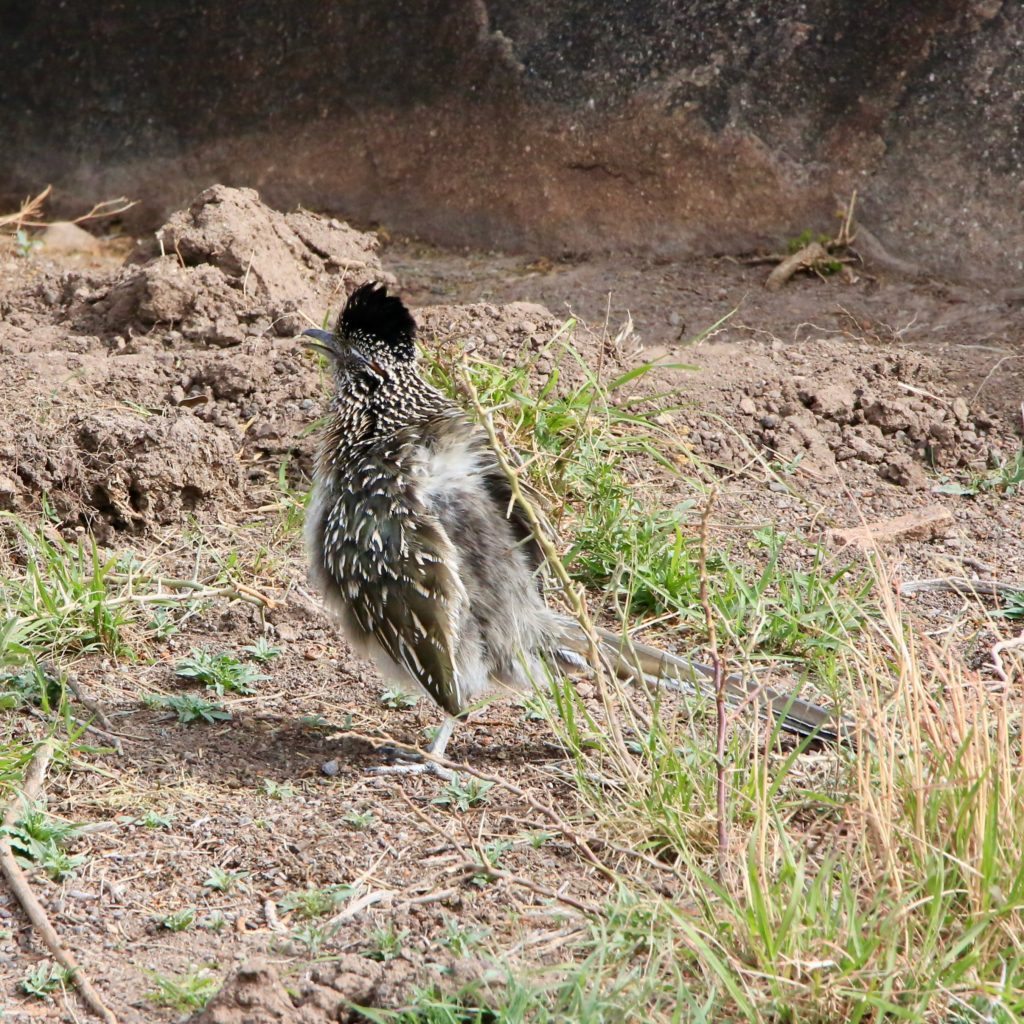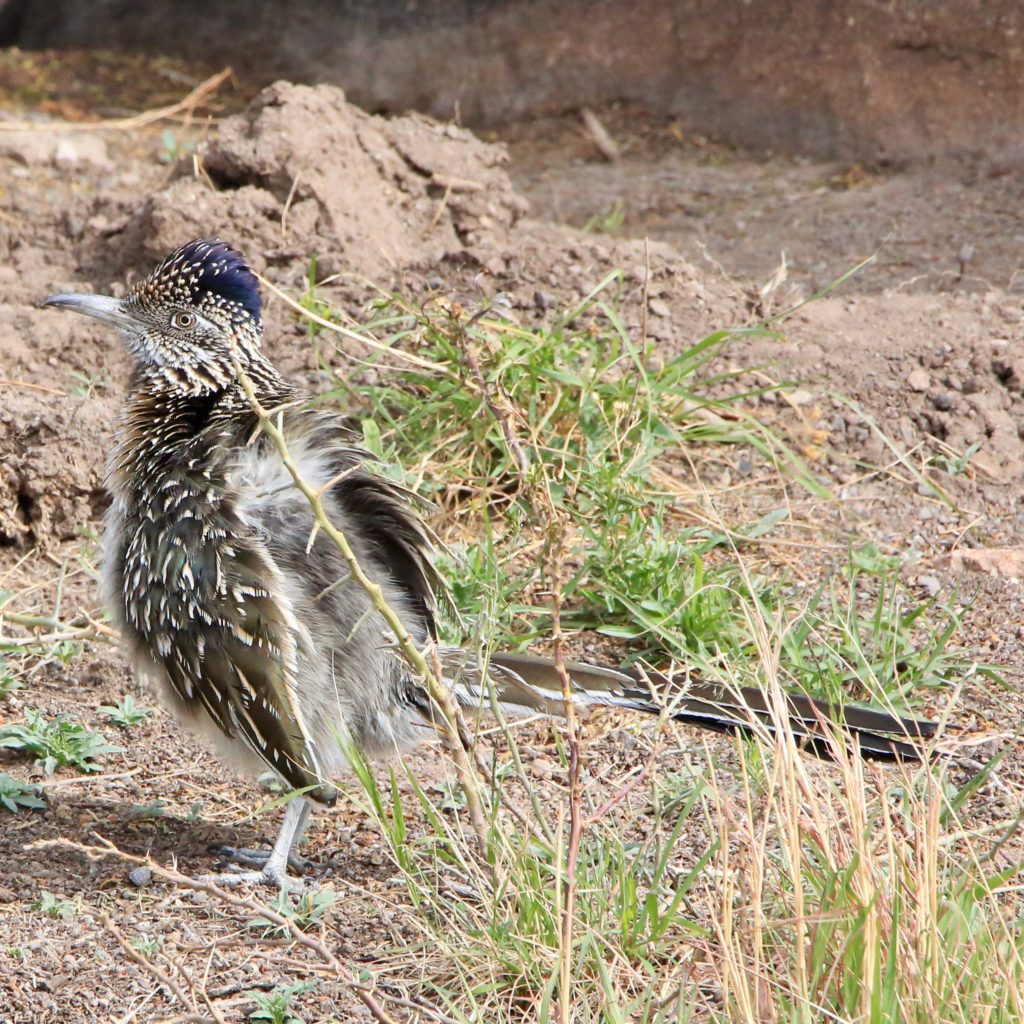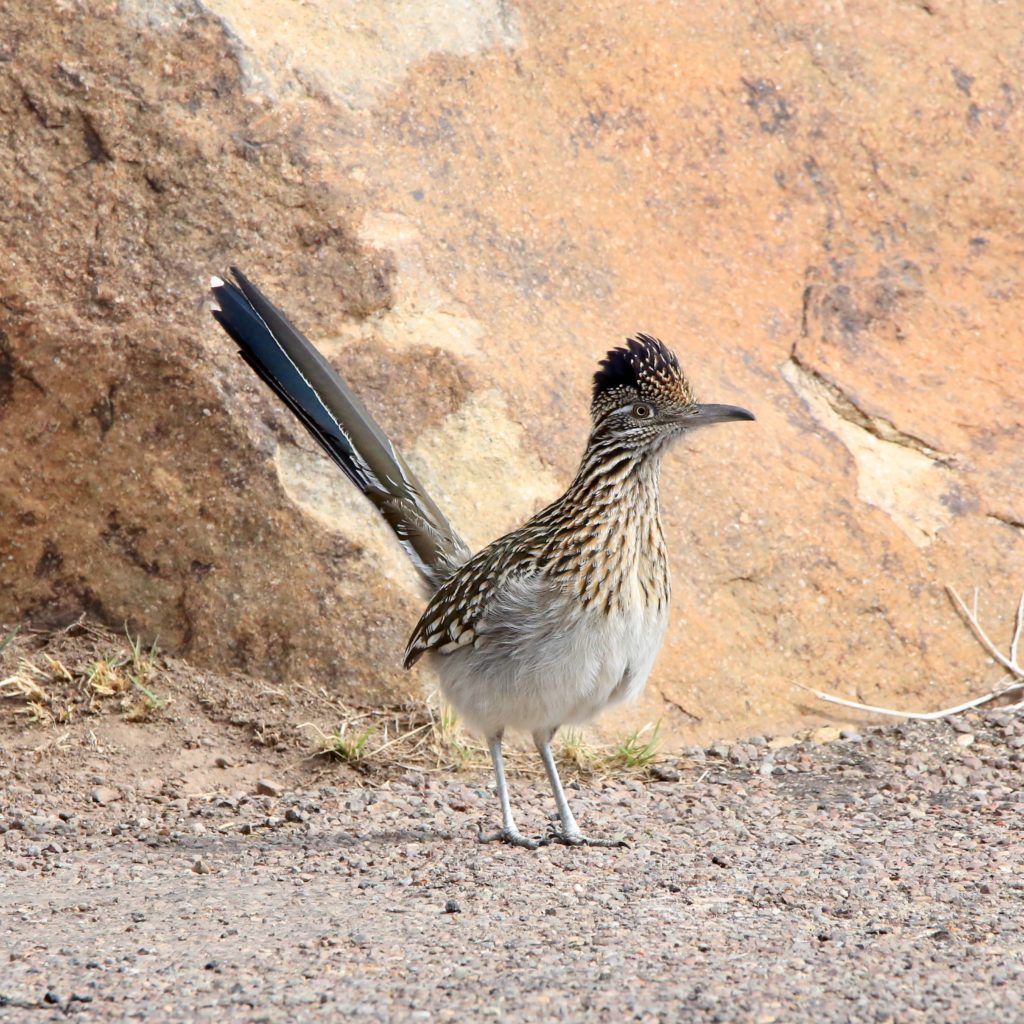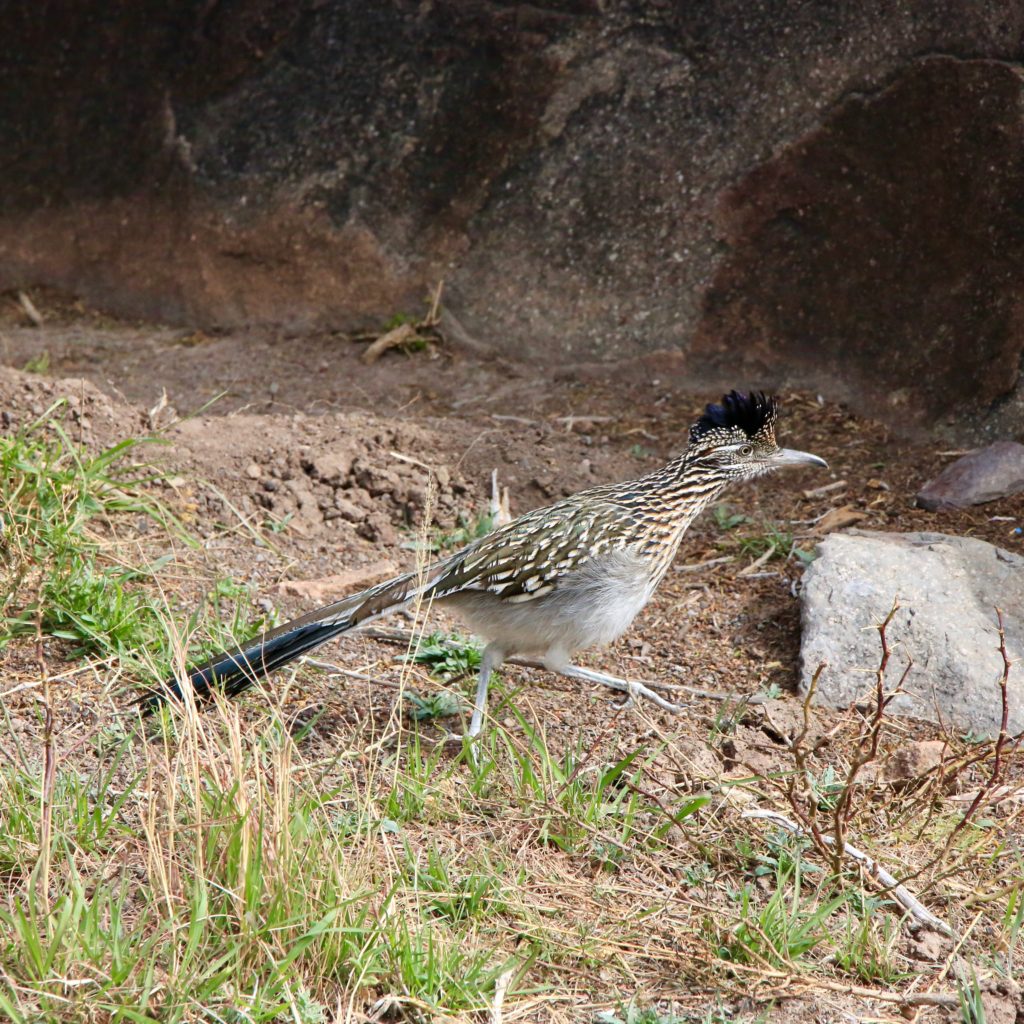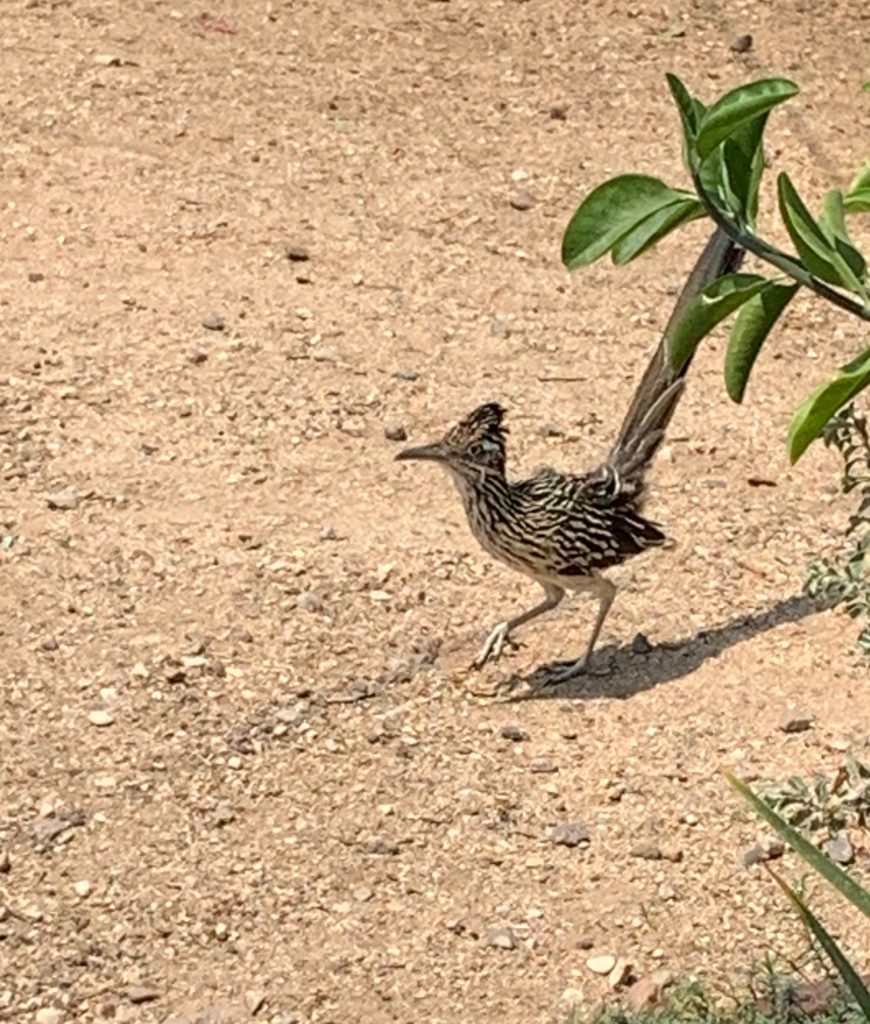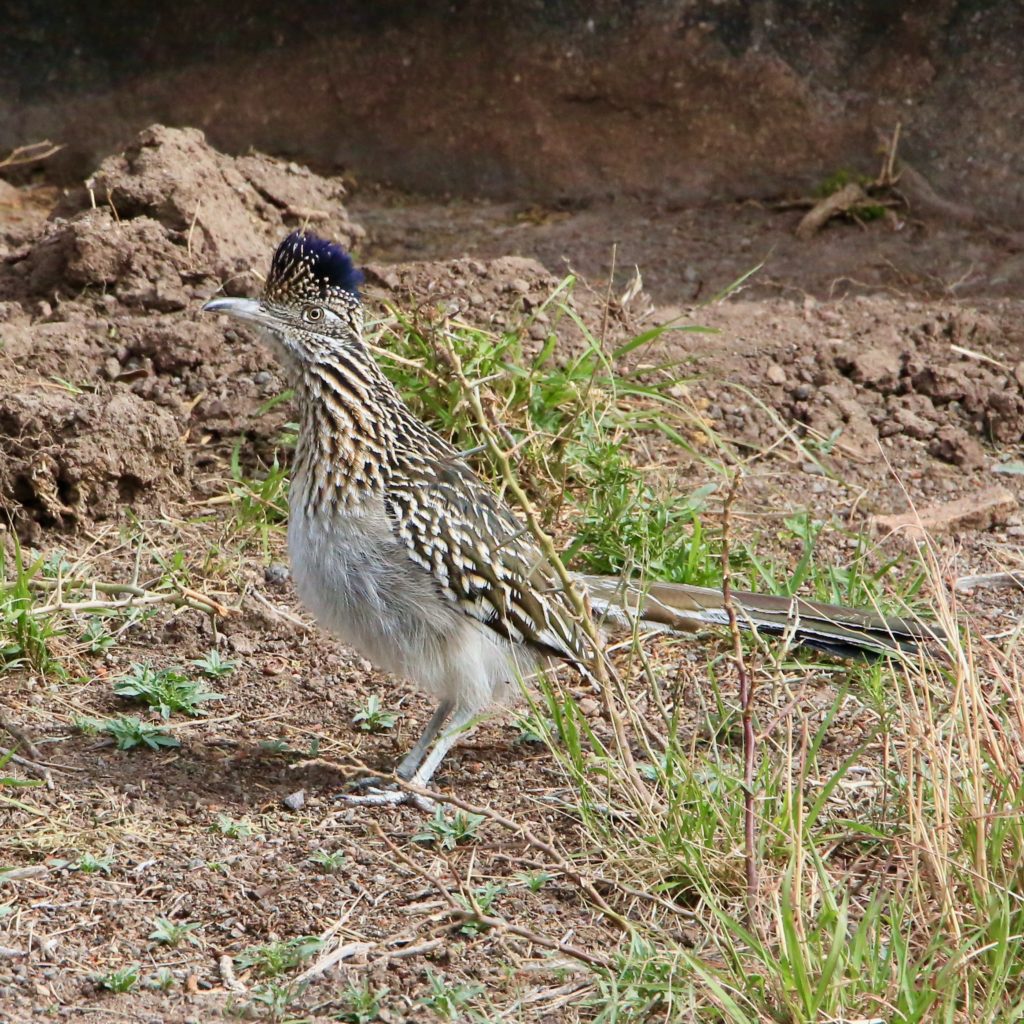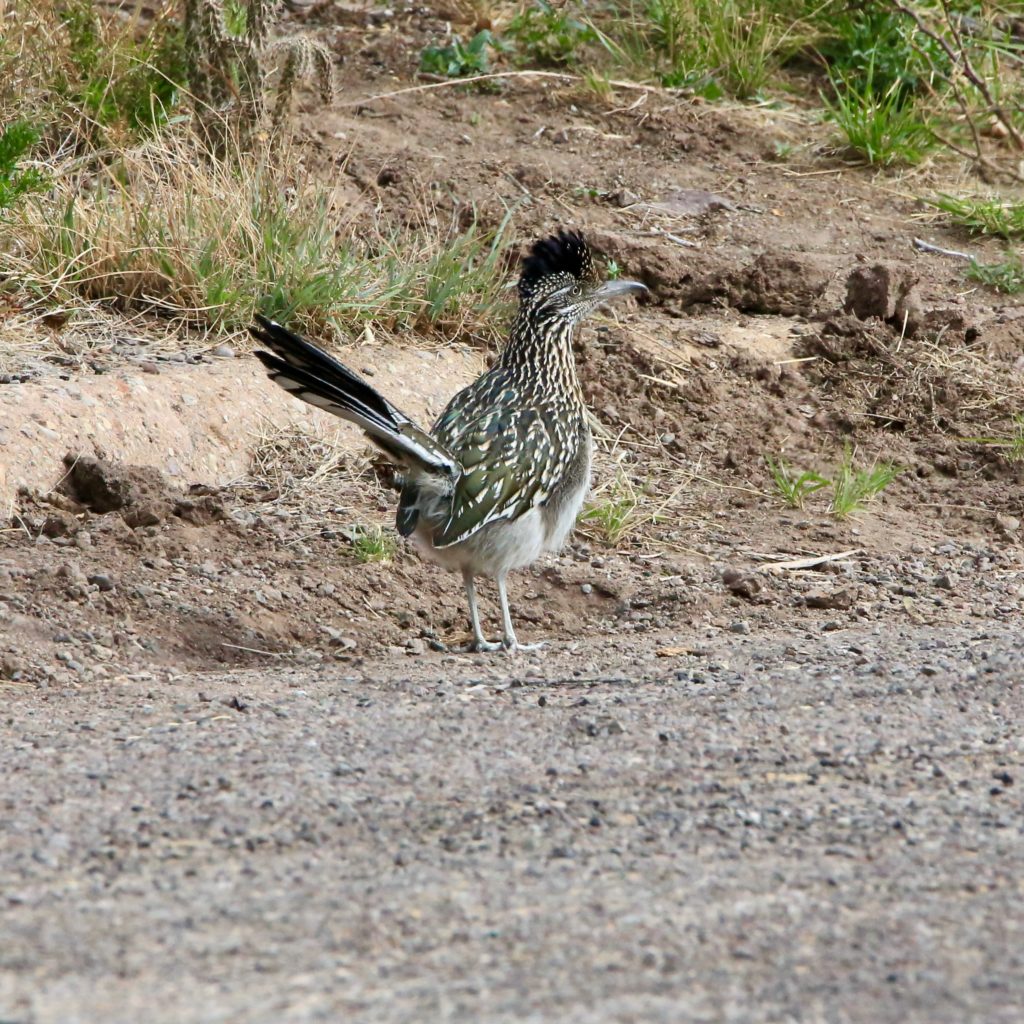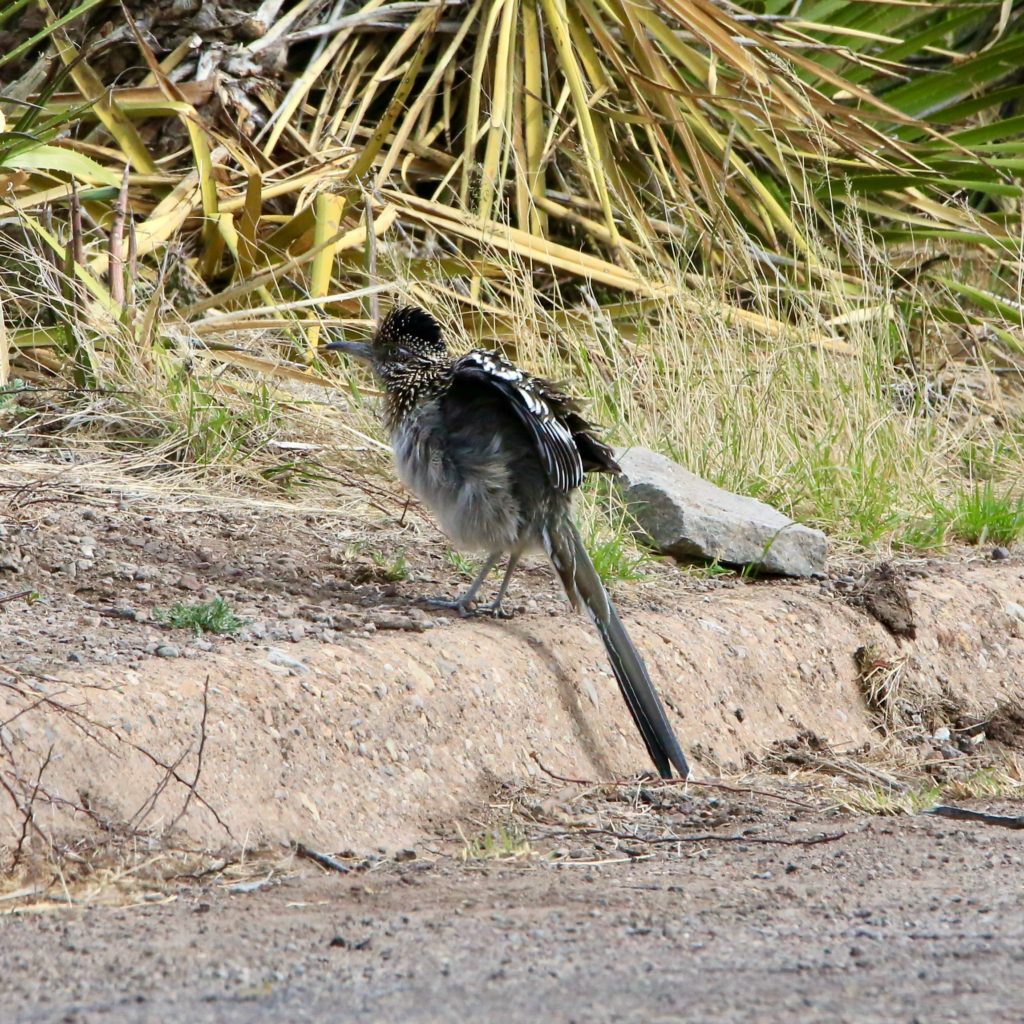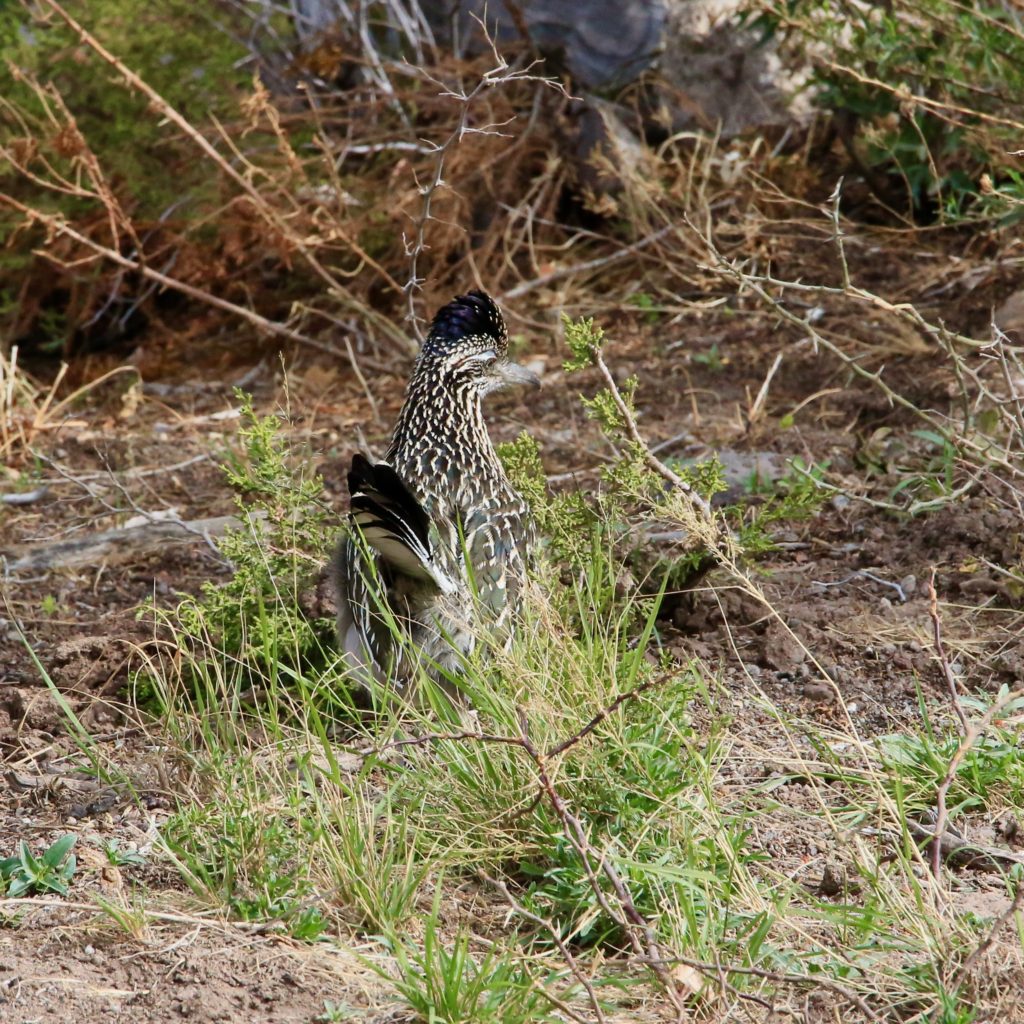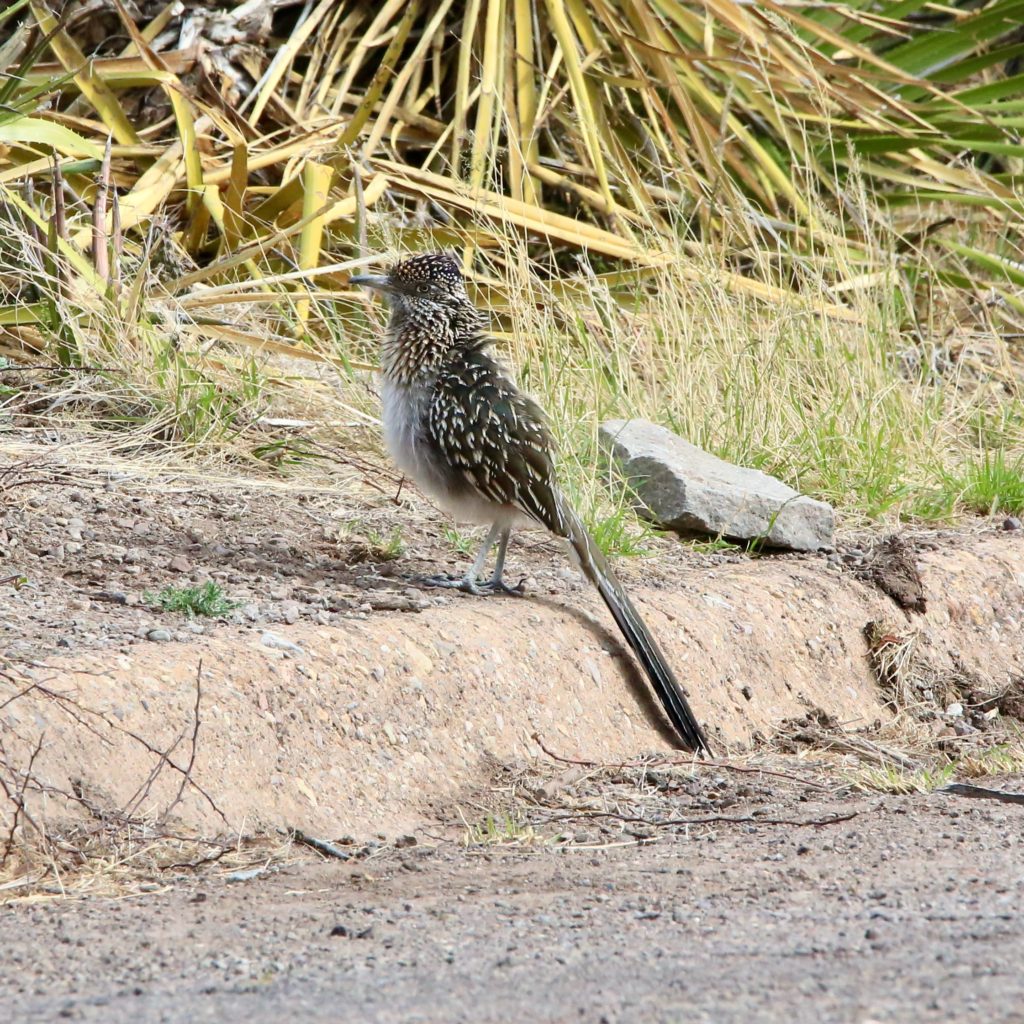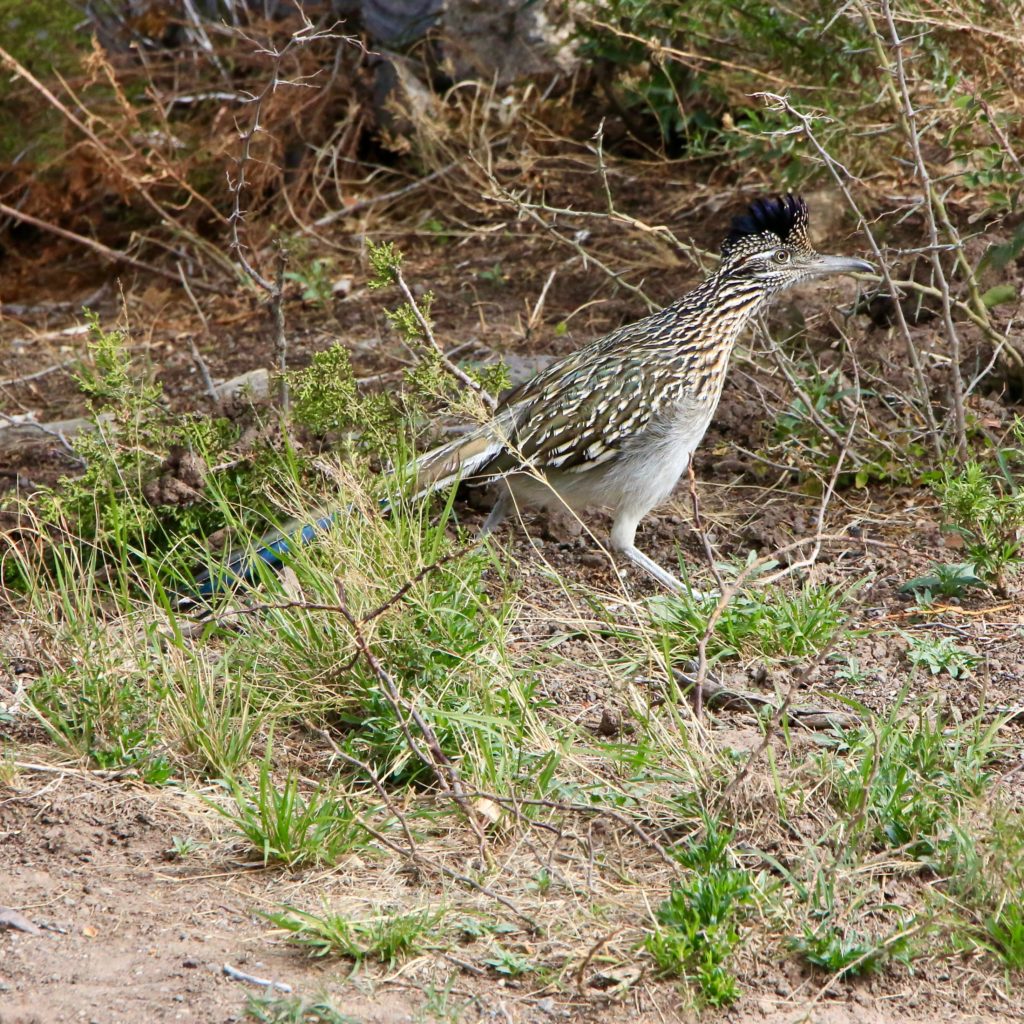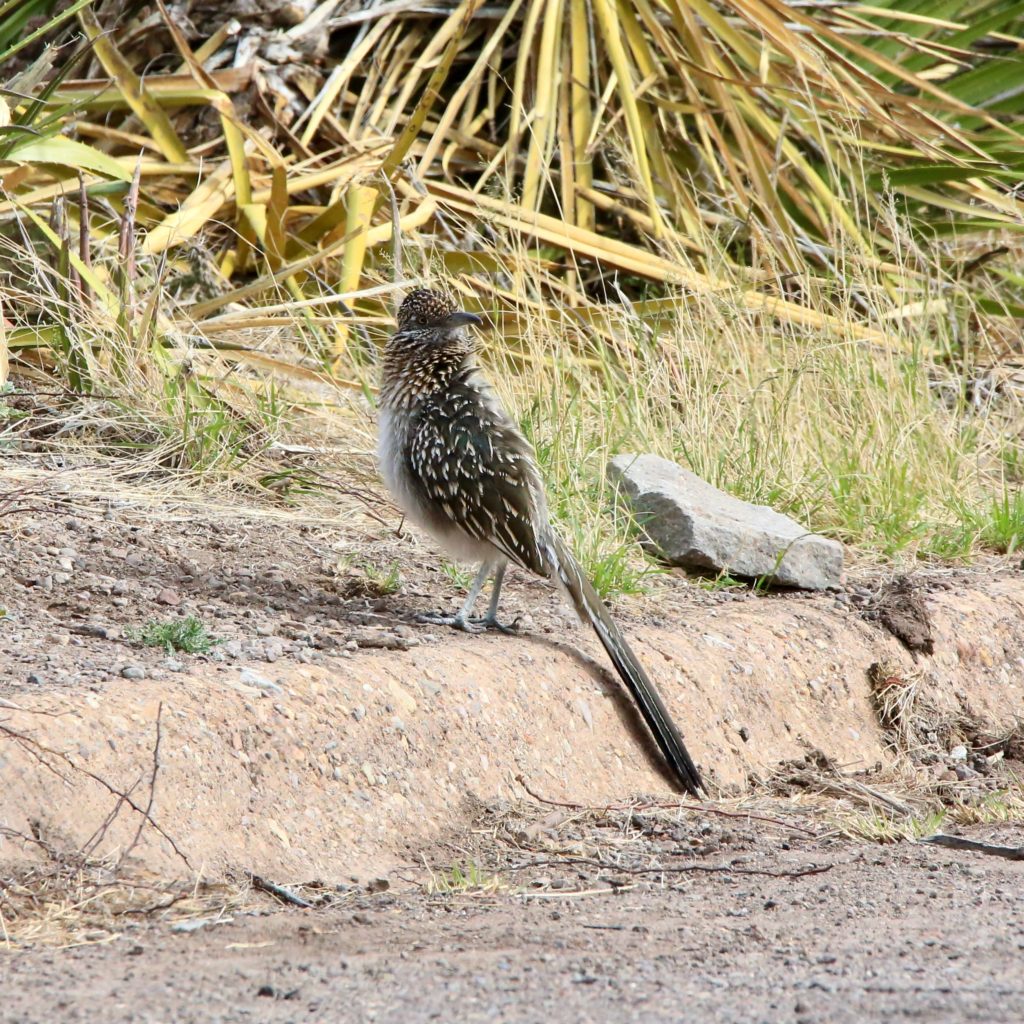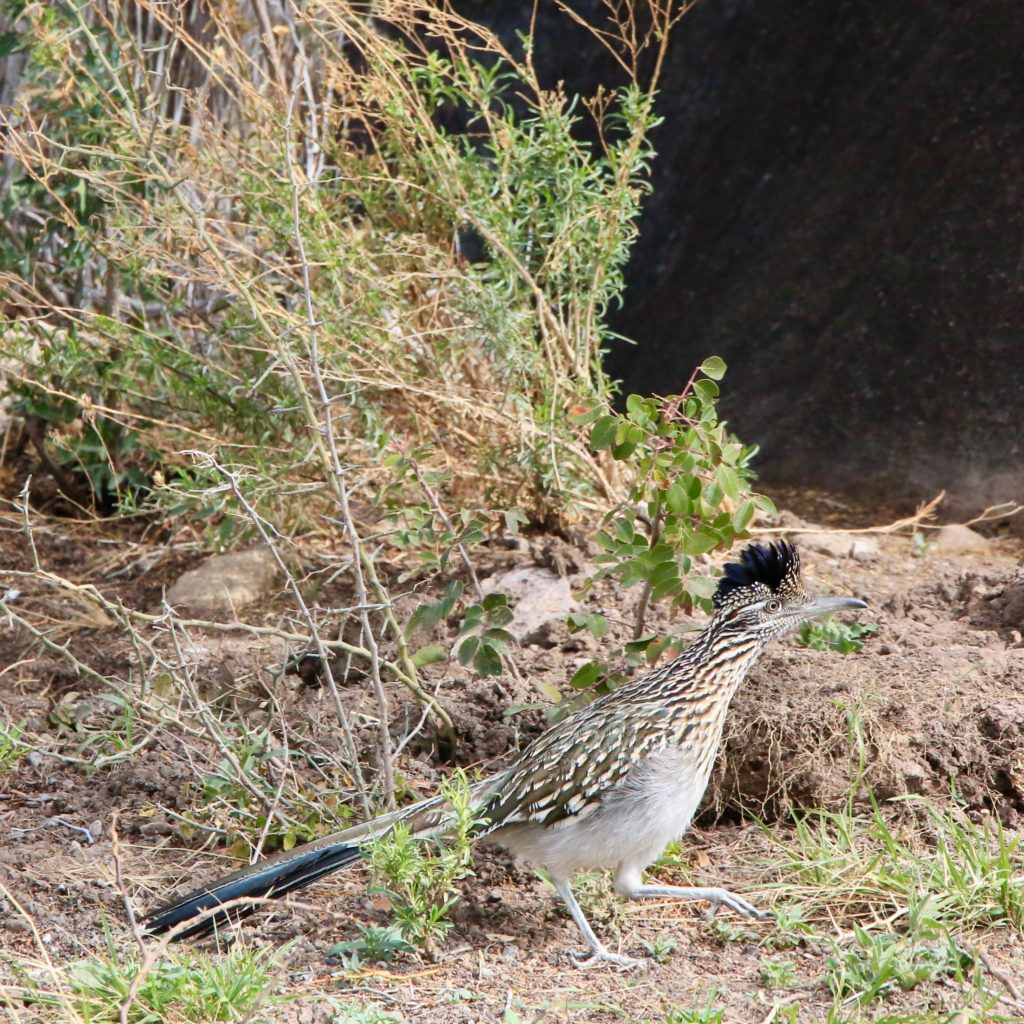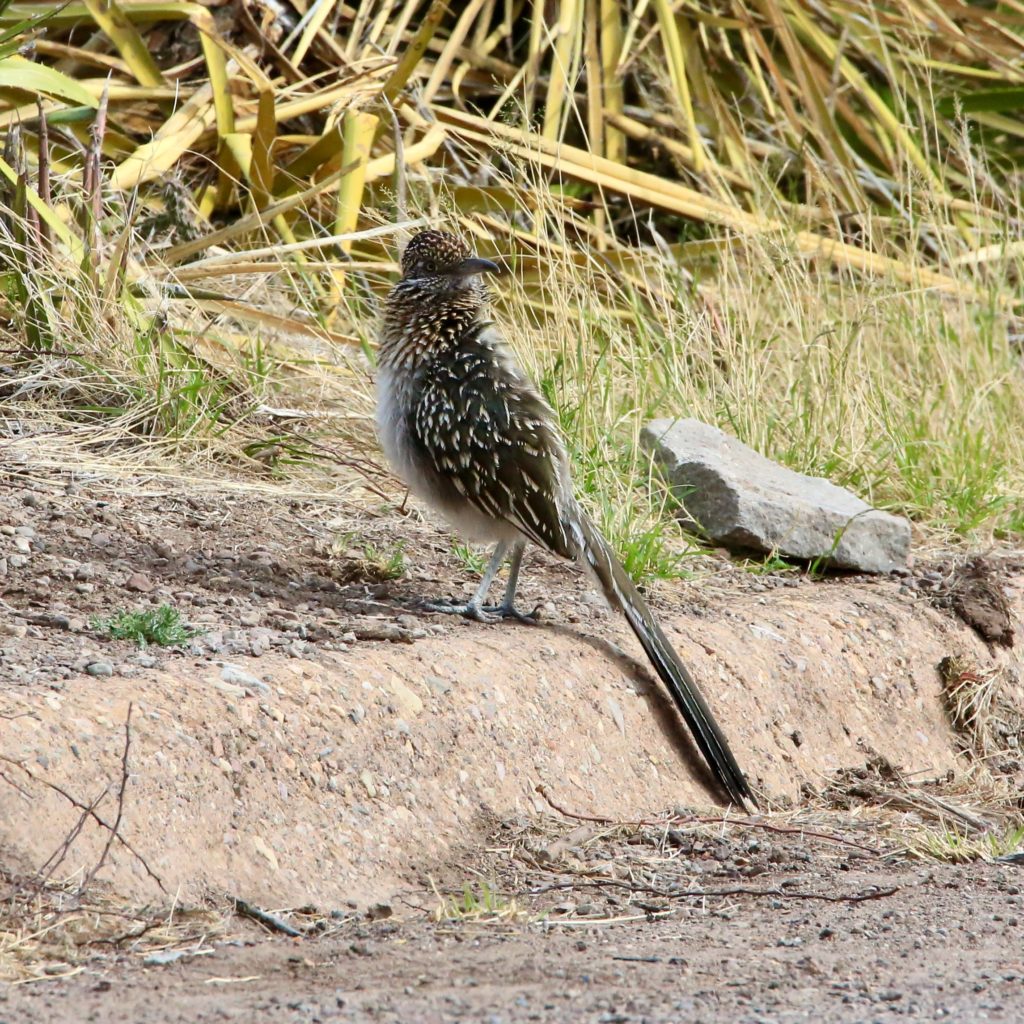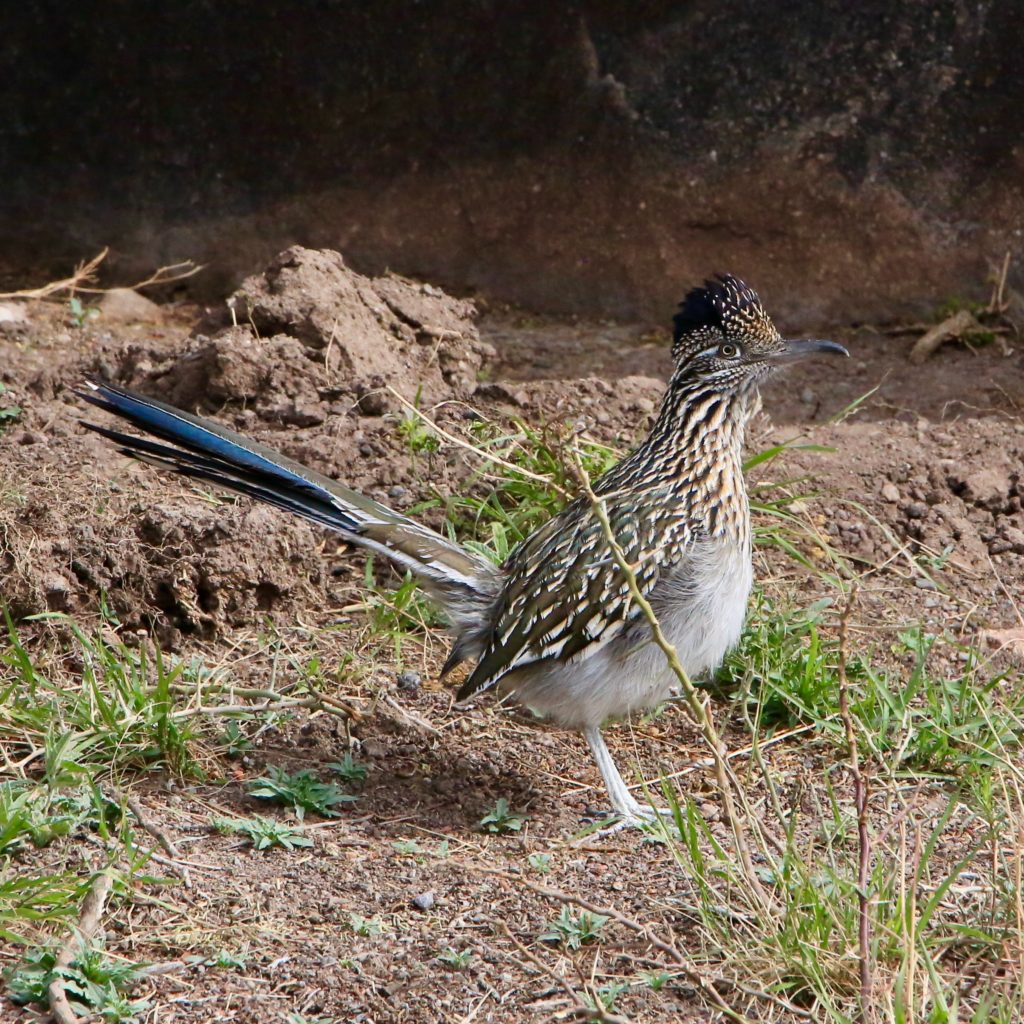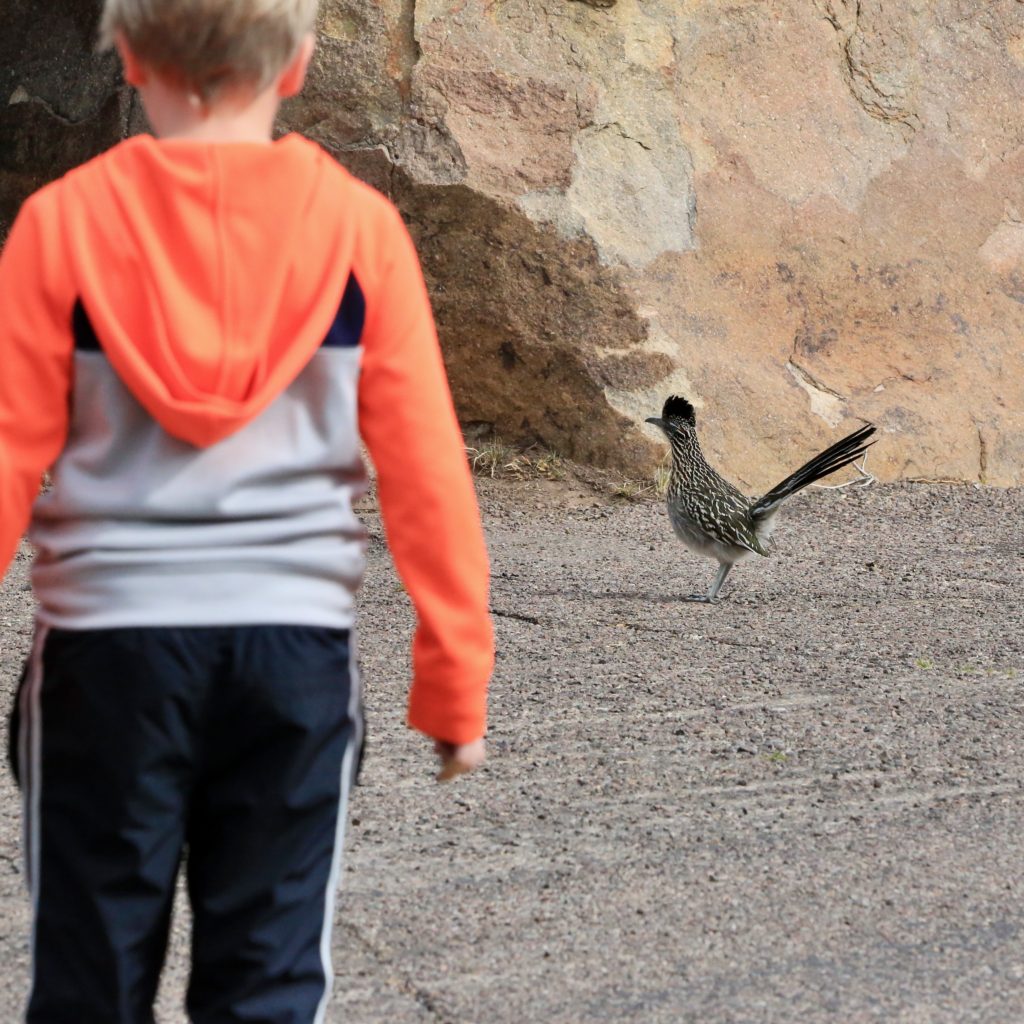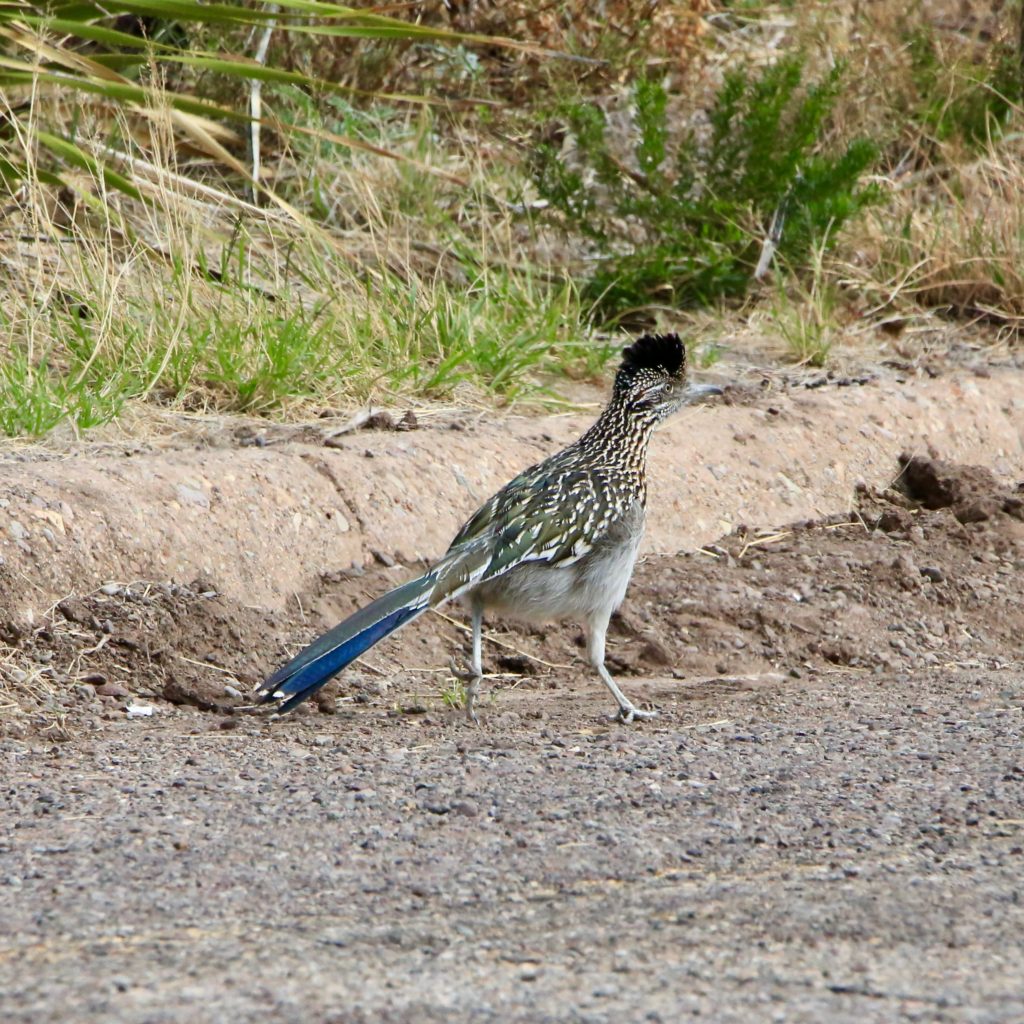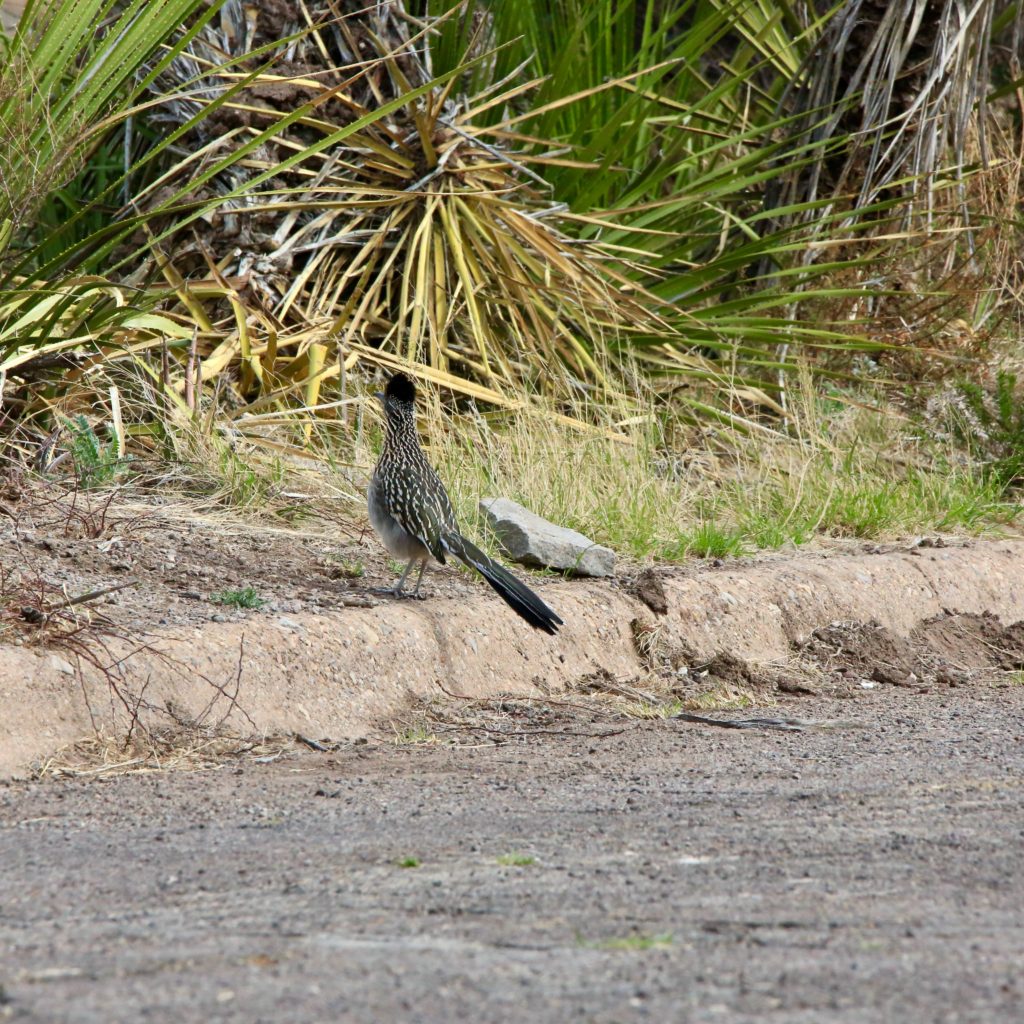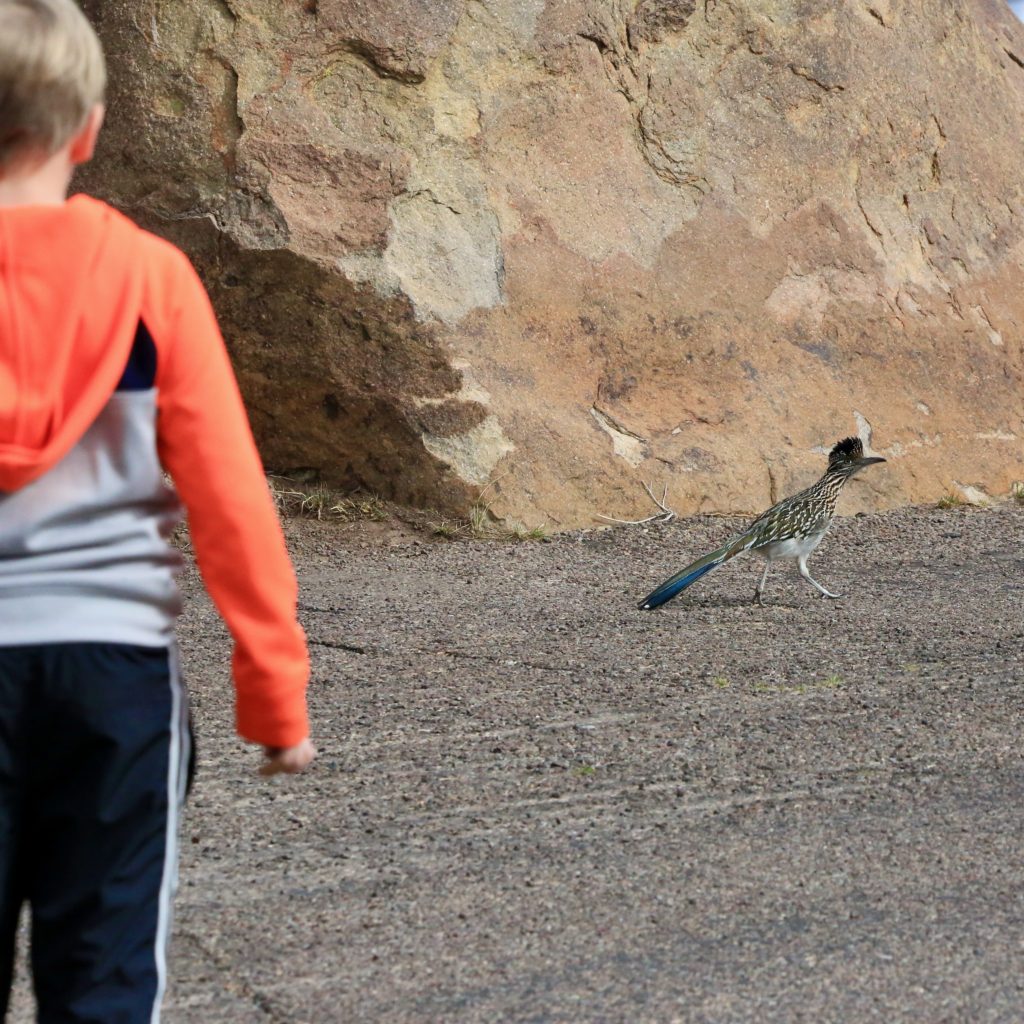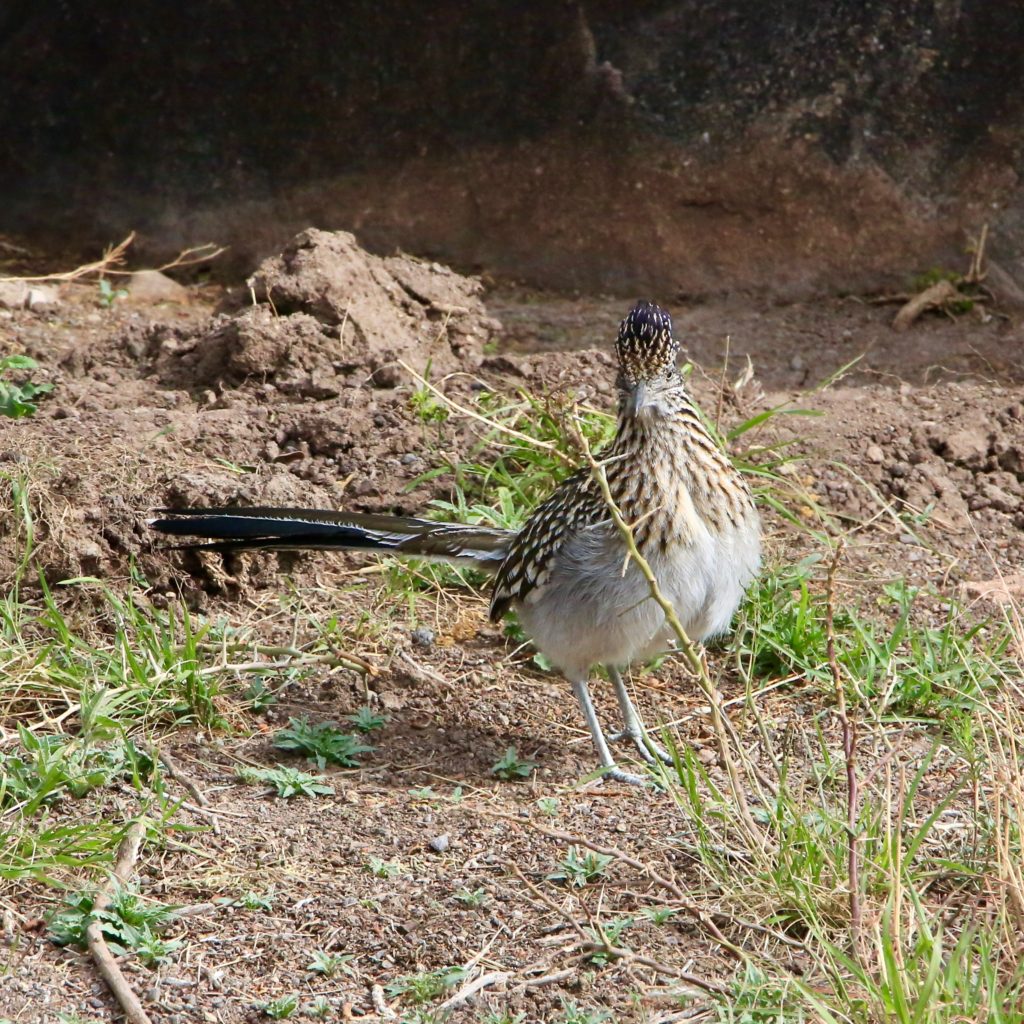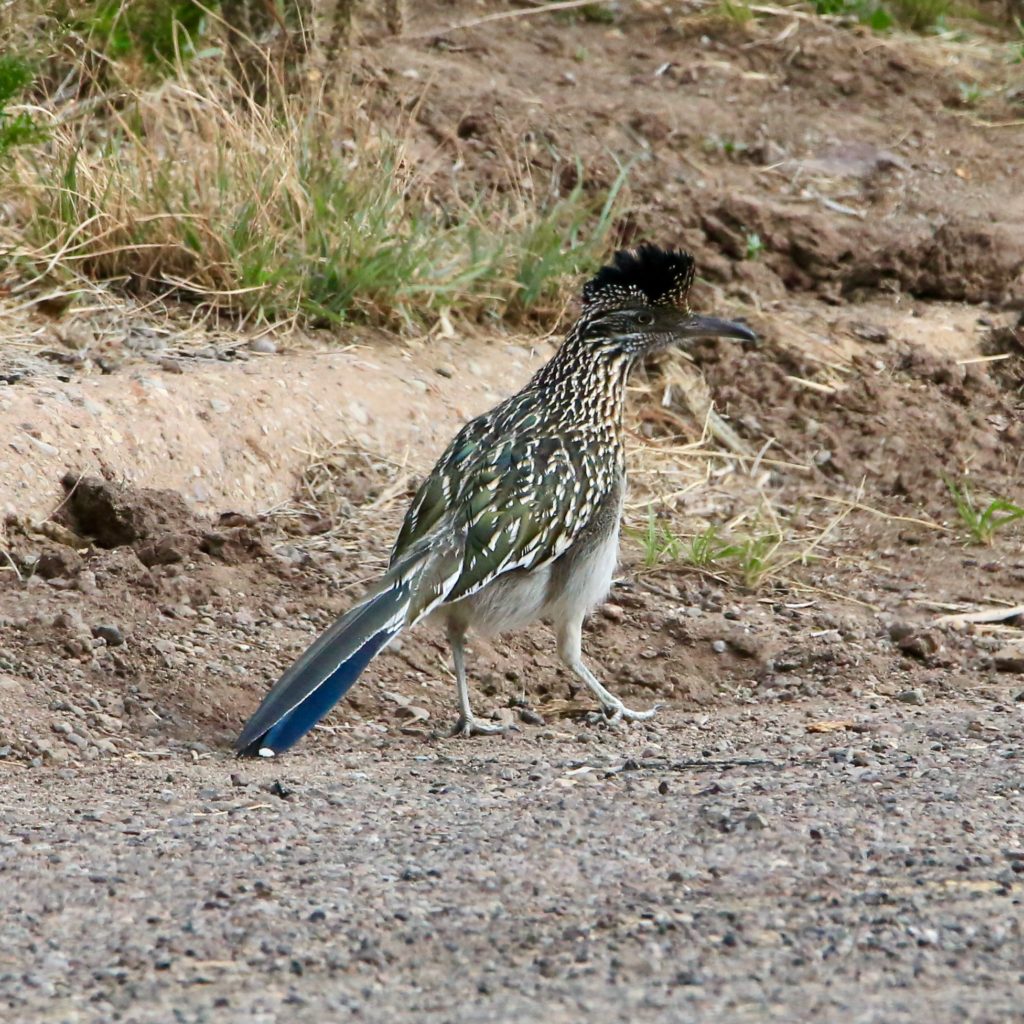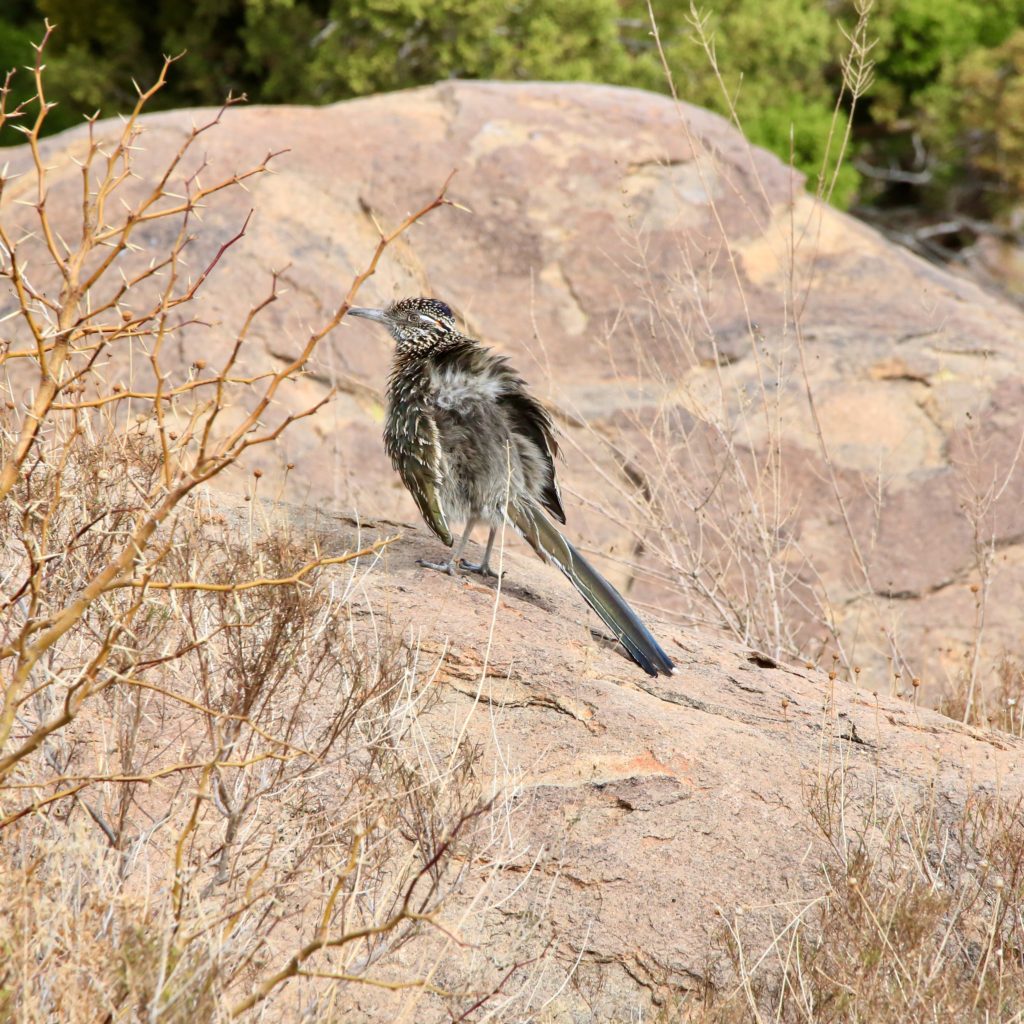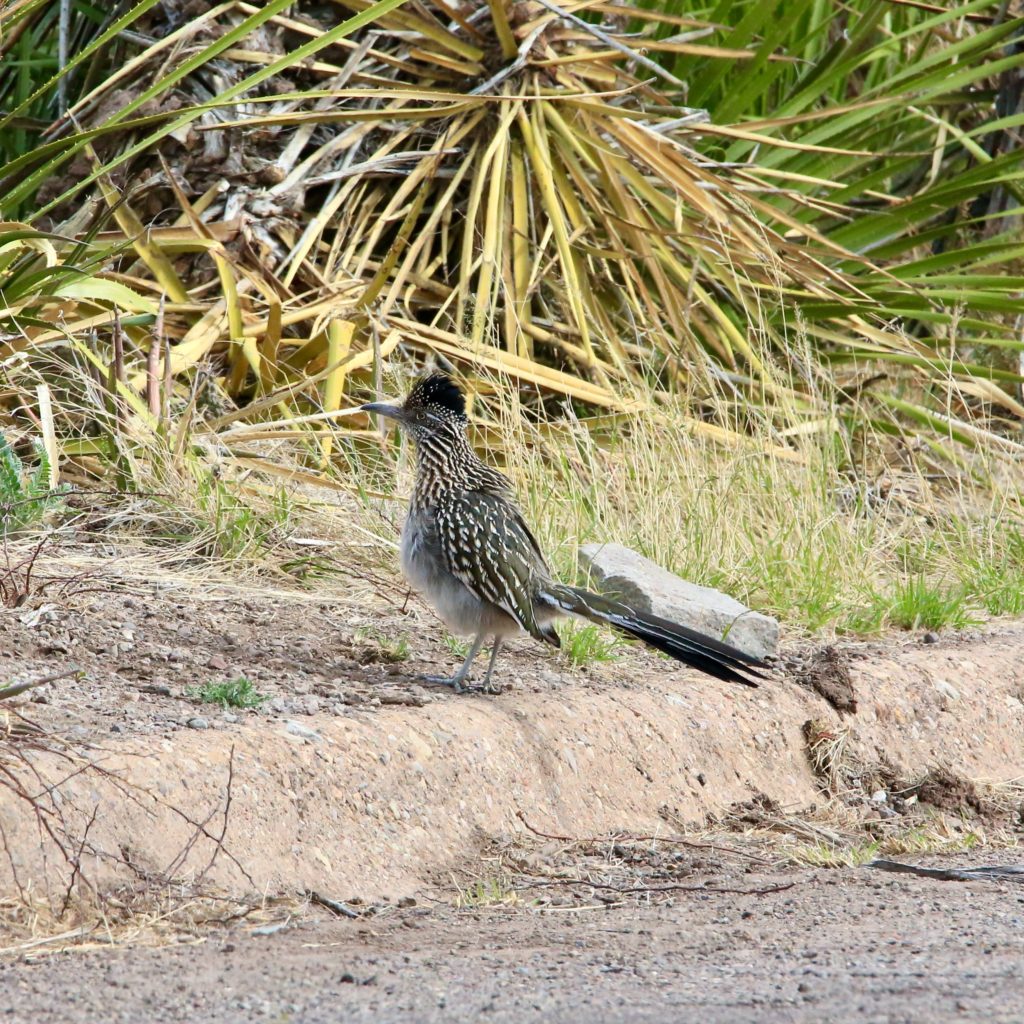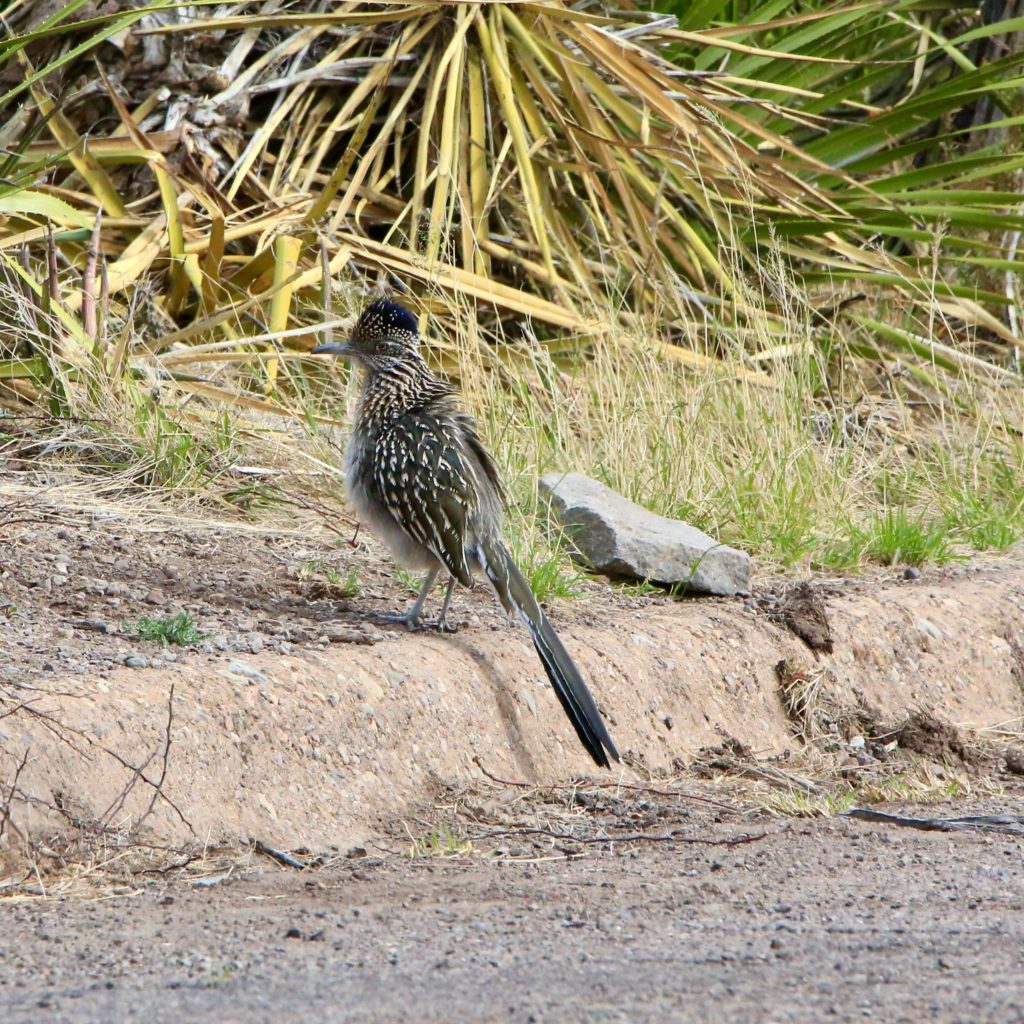
Bird Watching at White Sands National Park
Share
The White Sands National Park happens to be in New Mexico. As the name suggests, the 145,762 acres cover Tularosa Basin and have white sand fields in the south. The park is surrounded by the White Sands Missile Range, a military testing ground. To give you a better idea, it is in Otero County and Doña Ana County.
Major Attractions at White Sands National Park
As it is located between San Andres Mountain ranges and Sacramento, right in the Tularosa Basin, the outdoor experience here is different from other parks. Hiking and photographing birds is a given. In addition, there is the option of backcountry camping, right among the shining dunes. To get a permit for camping among the ten sites, you
have to arrive first as it’s a first-come basis service.
One can not forget the eight-mile Dunes drive, a scenic drive, or the opportunity to bicycle through the park for more athletic visitors. Depending on the season, there are different programs led by park rangers one can partake in. The most shocking thing might be sledding, though. The sand not only looks like snow but also has the same texture.
GET KIDS BIRD WATCHING
Bird Watching at White Sands National Park
A total of 558 species of birds have been sighted in New Mexico. Out of this, 220 bird species were seen in White Sands National Park, accounting for almost half the bird species found in the state.
It is almost impossible to see many bird species in the dune field during summertime, especially during the day. However, you have a good chance of spotting the species near the visiting center and entrance, along with the desert scrub.
The visitor center of White Sands National Park expects Barn Swallows every spring. The recently molted lot loves nesting here. While they were busy hunting insects in South and Central America during winter, it is breeding time here.
Black-chinned Hummingbirds might be wandering around the entrance. When you spot them, the joy of birdwatching will undoubtedly reach a new level. This is the only bird species capable of flying backward, forward, sideways, up, and down.
As their name suggests, the grounds might have burrows where Burrowing Owls are nesting. But, then, the Cactus Wrens are year-round residents of the White Sands National Parks. To find them, you need to go to either the desert scrub or the dune field. Chihuahuan Ravens are a bird of the desert, so it is no coincidence that they are present in White Sand.
It is given that you will find the Greater Roadrunner in White Sands. They are New Mexico’s state bird for a reason. Other species found in the area are Northern Harrier, Loggerhead Shrike, and the Northern Mockingbird.
10 Birds to See at Badlands National Park
Barn Swallow
Barn Swallows have vibrant blue and brown colors. They live throughout North America. Barn Swallows are abundant birds and are not endangered. They make their habitat in open fields, near water. These birds fly low just a few inches above the ground or water searching for flying insects to eat. They are the most common Swallow species in the world. Barn Swallows build their nests under eaves of buildings, in cliffs, or on bridges. They lay 4 to 5 eggs. Barn Swallows migrate south in flocks in mid-August.
Black-chinned Hummingbird
Black-chinned Hummingbirds are small green-backed Hummingbirds with a thin strip of purple on their black chin. They live throughout the western U.S. Their population is stable. They make their homes in river groves and near the suburbs. They make a low-pitched sound with their wings and enjoy feeding on nectar and small insects. Black-chinned Hummingbirds lay 2 eggs in small cup-shaped nests 4 to 8 feet off the ground. They are migratory birds; they spend winters in Mexico.
Burrowing Owl
Burrowing Owls are small and brown with yellow eyes. You can find them throughout the western United States, generally where there is a population of squirrels or prairie dogs. They are considered endangered. These Owls make their homes in prairies and farmlands. They hunt for food on the ground during the day. Burrowing Owls eat mice, squirrels, voles, and insects. They lay anywhere from 3 to 12 eggs. Their nests are burrows in the ground 6 to 10 feet long. Burrowing Owls found in the north, migrate to the south.
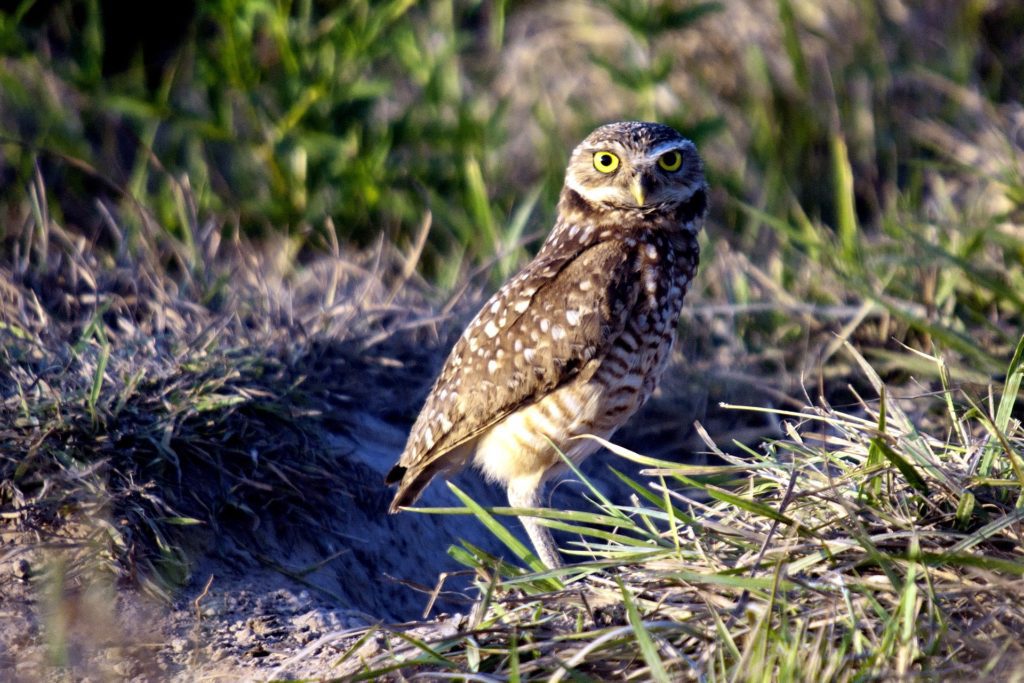
Greater Roadrunner
Greater Roadrunners have a dark brown body with a deep blue-black crest. They can grow to be two feet tall. They can be hard to find as they travel in the open country and desert of the southwest. Greater Roadrunner’s population has declined, but they are not at risk of being endangered. They make their homes in the desert and near scattered brush. Greater Roadrunners are born to run and can outrun a human! They eat insects, rodents, birds, and reptiles. They lay 3 to 5 eggs and defend their nesting area all year long. Their nests are built from leaves, sticks, feathers, snakeskin, and
sometimes pieces of manure. Greater Roadrunners are not migratory birds.
Northern Harrier
Northern Harriers are brown and gray with a white underside and black wingtips. They also have a white patch on their tail at the base. The face of a Northern Harrier is similar to an Owl. They live throughout North America. Their population is declining; however, they are still common. They make their homes in marshes, fields, and prairies. Northern Harriers eat small rodents and birds. The ones found in the south are permanent residents, while the ones found in the north migrate in both fall and spring.










































